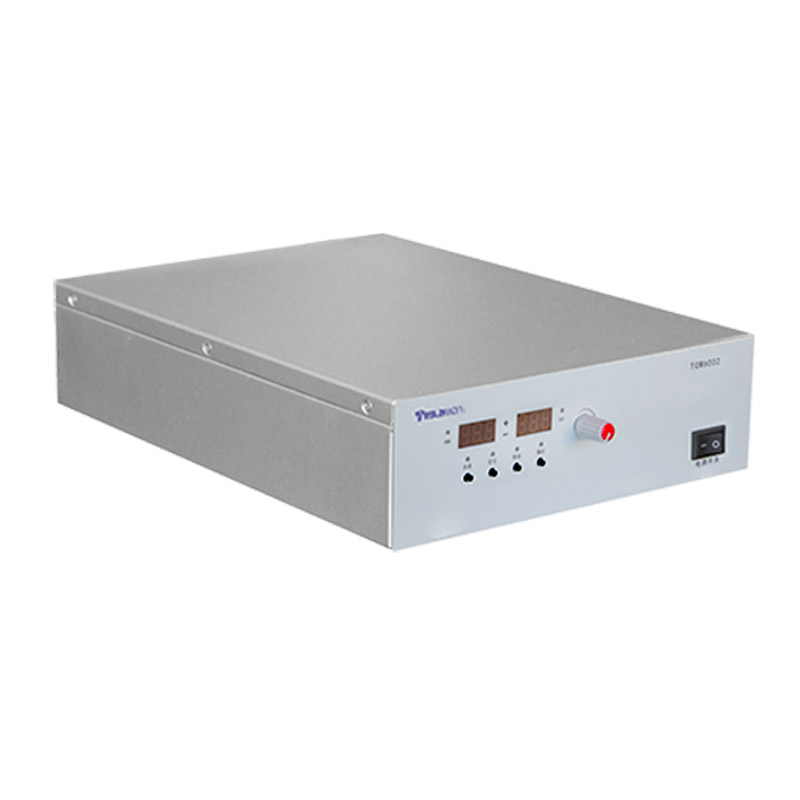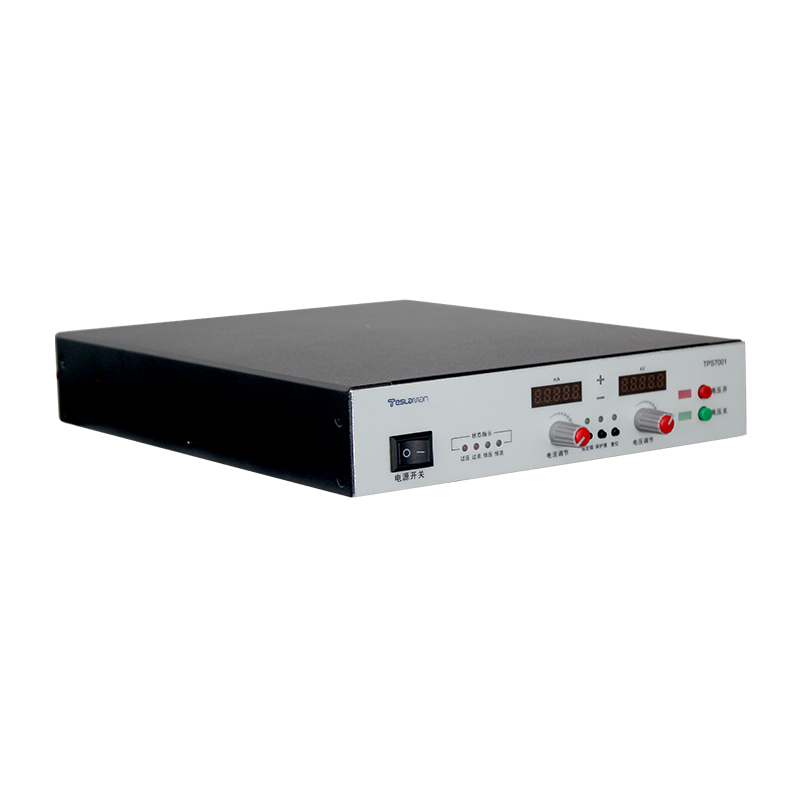Multi-Stage Filter Network Design for High-Voltage Power Supplies in Ion Implantation
Ion implantation technology is a critical process in semiconductor manufacturing, with core equipment relying on ultra-high-voltage DC power supplies (typically up to hundreds of kilovolts) to provide ion acceleration energy. The stability of these power supplies directly determines implantation accuracy and equipment lifespan, while output ripple and noise can disrupt ion beam trajectories, leading to non-uniform doping. Thus, designing multi-stage filter networks is a central challenge, requiring comprehensive solutions for high-frequency harmonic suppression, electromagnetic compatibility (EMC), insulation reliability, and dynamic load adaptability.
1. Harmonic Characteristics and Filtering Requirements
Ion implantation high-voltage power supplies typically employ full-bridge resonant topologies and voltage multiplier circuits, where switching devices (e.g., IGBTs) generate rich high-order harmonics in the kHz-MHz range. These harmonics propagate via two paths:
• Differential-Mode Noise: Occurs between positive and negative power lines, primarily caused by rapid switching of power devices.
• Common-Mode Noise: Exists between power lines and ground, induced by parasitic capacitance coupling and magnetic radiation.
Single-stage LC filters are insufficient for broadband noise suppression, and parasitic parameters of inductors and capacitors (e.g., equivalent series resistance and distributed capacitance) can shift resonance points, amplifying noise at specific frequencies.
2. Multi-Stage Filter Architecture
A three-stage filtering architecture achieves progressive attenuation:
• Stage 1: Input Pre-Filtering (π-Type LC Filter)
A π-filter after the rectifier bridge combines differential-mode inductors and ceramic capacitors (1–10nF) to suppress MHz+ noise. Ferrite beads are preferred over traditional inductors for their high high-frequency impedance and low resistive voltage drop.
• Stage 2: Resonant Harmonic Trapping (Tuned LC Notch Filter)
For characteristic harmonics (e.g., 2nd order) from voltage multipliers, a series resonant circuit with damping resistors targets specific frequencies (e.g., 100kHz), achieving >40dB attenuation.
• Stage 3: Output Post-Filtering (Cascaded Low-Pass Filters)
Two-stage LC low-pass filtering uses air-core inductors (for compactness) and high-voltage film capacitors (0.1–1μF), whose low dielectric loss enhances insulation reliability. Cascading enables a roll-off slope of -60dB/dec, outperforming single-stage filters (-20dB/dec).
3. Voltage Equalization and Insulation Design
Insulation reliability is critical in high-voltage environments. In stacked open-frame voltage multipliers (e.g., 1140mm-high structures), distributed grading rings optimize electric field distribution:
• Grading Ring Layout: Rings placed at each capacitor node (typically 13–15) with polyimide film and silicone rubber insulation reduce surface potential gradients to <5kV/cm, preventing corona discharge.
• Creepage Distance Control: Conductor spacing follows:
\[d = k \cdot V^{1.5}\]
where k is a material coefficient (1.5 for air, 0.6 for epoxy) and V is the operating voltage (kV). For 350kV systems, spacing exceeds 50mm.
4. Dynamic Tuning and Adaptive Control
Resistive load variations (due to vacuum levels or gas ionization) necessitate real-time filter adjustments:
• Tunable Inductor Arrays: Relay-switched inductor banks (e.g., 10mH–100mH steps) adjust inductance based on current waveform detection. When high-frequency oscillations exceed thresholds, the control system auto-adjusts to maintain oscillation energy within ±5% of the reference.
• Thermal Management: Eddy current losses in high-power inductors require active cooling. Aluminum heat sinks and forced-air channels limit temperature rise to <40°C, preventing inductance drift.
5. Performance Validation
Test results demonstrate:
• Ripple Coefficient: <0.05% (at full load), 10× better than single-stage filters.
• EMC Compliance: Radiated noise <30dBμV/m (30MHz–1GHz), meeting CISPR 11 Class B.
• Efficiency: >91%, attributed to ferrite beads and optimized damping resistors.
Conclusion
Multi-stage filtering for ion implantation high-voltage power supplies requires balancing electrical performance, insulation reliability, and thermal management. The three-stage architecture—π-filter pre-stage, resonant notch, and cascaded low-pass—combined with grading rings and tunable inductors, effectively suppresses broadband noise and adapts to dynamic loads. Future advancements include GaN-based wide-bandgap filters and digital twin-driven adaptive systems to enhance stability for next-generation semiconductor processes.




















